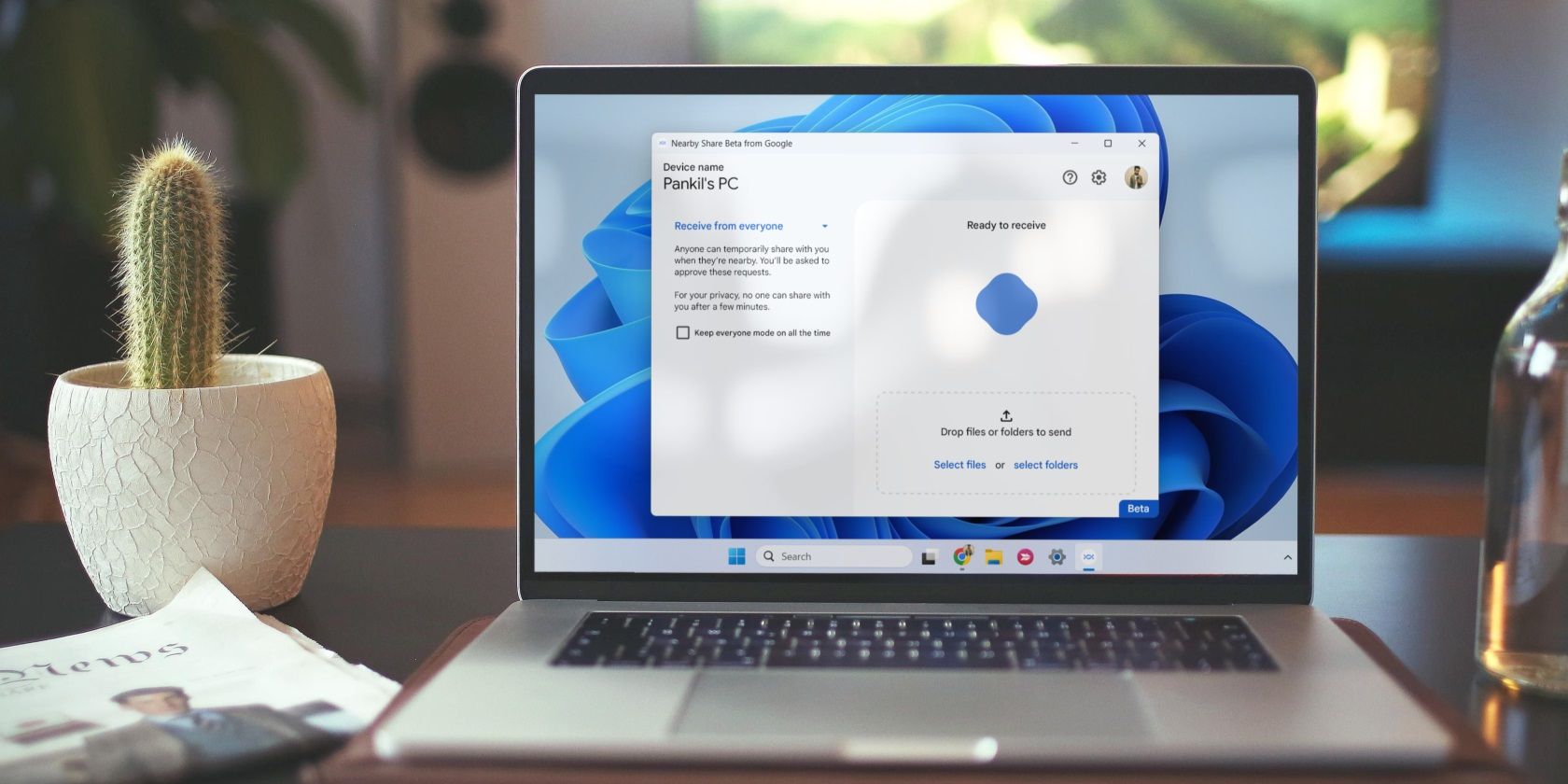
The Art and Science of Writing Smart Slug Lines

The Art and Science of Writing Smart Slug Lines
Hello Guys, today we are going to discuss an integral part of script writing: Slug Line. Slug Line has been used for many years and serves as a basic need while writing a script. If you are also confused about this term, don’t worry; we will look into details about Slug Line and how to use it. Let’s start!
Disclaimer: This post includes affiliate links
If you click on a link and make a purchase, I may receive a commission at no extra cost to you.
Part 1. Everything you need to know about slug line
What is Slug Line?
A Slug Line is a screenplay written in all uppercase letters to make the script information prominent. It is a term used in old times when there were no advanced technology and printers were typed by small sticks called typewriters. It helps the viewer to understand the actions of the specific character.
The Function of slug line
The main heading scene is responsible for starting an enthusiasm in the background. Slug lines establish the main scene properly. These are the scripts used to break up the length of a scene and can also be used to create pace in different types of scenes. It describes the essential points of a scene more prominently.
Some Basic Formats
- English should be written in Capital.
- Mark Interior/Exterior view
EXT. (exterior)
INT. (interior)
EXT./INT. or INT./EXT. :
It means that the scene will continuously move from outside to inside or vice versa.
- Scene Location
This section explains two primary subjects: how the scenario is presented and what happens there (the character’s actions). When writing this part, keep the following things in mind. Well first, dialogue cannot directly follow a slug line; instead, there are usually scenes and descriptions of action. Second, because the screenplay is not a novel, psychological or other non-visual descriptions must be avoided to convey what the “audience” can see. Rather than, you should simply describe the emotional shifts in the character, giving the actor some leeway to perform naturally.
- Time
The determination of time is also a basic format. For example, DAY, NIGHT, etc. Generally, all of them are followed by a “-“.
- An Example of Slug Line
INT. SITTING ROOM OF MY HOME - DAY
Actual movie script as an examples
INT. ASSISTED LIVING FACILITY - DAY - 2000
SOMEONE’S POV - MAYBE OURS
I was moving along a hallway of an ASSISTED LIVING FACILITY, past doors - some open, some closed - as if looking for somebody - and maybe not for benign reasons.
FRANK (V.O.)
When I was young, I thought house painters painted houses.
We glimpse some of the older men and women in the rooms, but like everyone else in their lives, disregard them and keep looking for someone else.
Part 2. Standard Scripts Formats
Font
Courier12 is the primary font traditionally used for writing different script formats. It is considered an ancient font and has been in use for many centuries, and still, many scriptwriters use this font for writing their scripts.
Transition
To specify certain information about the scene and how a particular scene transitions to another scene, we use Transitions. The experts describe transition as a functional element. The transition has many different categories. The following are different types of transition:
Cut To
The primary type of transition is to Cut, this is the most common procedure to join two shots, and it is the continuity of the scene within a similar time span.
Dissolve To
Dissolve to transition type is also known as lap dissolve, a post-production method usually used in film and video creation. One sequence of shots in the movie fades over the other in this type of transition.
Fade In
In Fade in transition, the shot gradually becomes visible from hidden. This an also a most commonly used type of transition.
Fade Out
In this term, the opacity of the shot gradually changes from visible to hidden. Fade out is used for more prolonged effects in the making of videos.
Action/Scene Directions
Action/Scene Directions are the central part of the script that a writer uses to describe the particular character’s action and its setting in the scene. In simple words, it consists of the scene’s plot and its action.
Character Cue
Character Cue is the additional information about the character in a particular scene. Like you can use it to describe the feelings of your character.
Dialogue
Dialogue cannot exist without a character, as dialogue is the expression of a character’s point of view, and the character is relating the relationship between dialogue and the character. It is a vital tool to develop the character beautifully and provides rhythm to the plot with a tone.
Parenthetical
We use Parenthetical in a screenplay by placing the brackets. It can be used directly under the name of the specific character before speaking the indicating sentences and to make an alert voice for the scene.
Part 3. Make your script come true using Filmora
If your movie script is completely finished and you have shot the various parts of the video clip, all you need to do now is to open Filmora and put your inspired pieces together into a wonderful movie. The regular video editing processes won’t be covered in length here. Next, I will show you what changes Filmora can bring to your movie videos.
Free Download For Win 7 or later(64-bit)
Free Download For macOS 10.14 or later
Color Correction
It’s common to describe a video as having a cinematic sense and aesthetic, which is mostly based on the overall color tone of the video. However, expert-level custom color matching demands not only your expertise but also your own color sensitivity, therefore it is not recommended for all beginners. With the help of a range of in-app preset LUTs, you can simply alter the color of your films and give them a more cinematic feel using Filmora .

Preset Templates
Using some templates will greatly increase your productivity if you’re trying to create a short film with a more conventional subject matter. Filmora has template designs for a range of subjects, including Game, YouTube, Camping and Sport. Simply drag the chosen template into your timeline and edit the text to fit the theme. In this method, a video with a lot of details can be produced rapidly! Additionally, you can make your own templates to share to others who are more creative.

Conclusion
The Slug Line is a great method and an important element to use to enhance your script. It helps to determine the precise actions, adjustments, and changes in backgrounds, scenes, and transitions that are required. I hope you don’t have any questions about slug lines or how to use them after reading this post. Moreover, you can turn your script into a fantastic video using Wondershare Filmora . Gratitude for reading.
Part 1. Everything you need to know about slug line
What is Slug Line?
A Slug Line is a screenplay written in all uppercase letters to make the script information prominent. It is a term used in old times when there were no advanced technology and printers were typed by small sticks called typewriters. It helps the viewer to understand the actions of the specific character.
The Function of slug line
The main heading scene is responsible for starting an enthusiasm in the background. Slug lines establish the main scene properly. These are the scripts used to break up the length of a scene and can also be used to create pace in different types of scenes. It describes the essential points of a scene more prominently.
Some Basic Formats
- English should be written in Capital.
- Mark Interior/Exterior view
EXT. (exterior)
INT. (interior)
EXT./INT. or INT./EXT. :
It means that the scene will continuously move from outside to inside or vice versa.
- Scene Location
This section explains two primary subjects: how the scenario is presented and what happens there (the character’s actions). When writing this part, keep the following things in mind. Well first, dialogue cannot directly follow a slug line; instead, there are usually scenes and descriptions of action. Second, because the screenplay is not a novel, psychological or other non-visual descriptions must be avoided to convey what the “audience” can see. Rather than, you should simply describe the emotional shifts in the character, giving the actor some leeway to perform naturally.
- Time
The determination of time is also a basic format. For example, DAY, NIGHT, etc. Generally, all of them are followed by a “-“.
- An Example of Slug Line
INT. SITTING ROOM OF MY HOME - DAY
Actual movie script as an examples
INT. ASSISTED LIVING FACILITY - DAY - 2000
SOMEONE’S POV - MAYBE OURS
I was moving along a hallway of an ASSISTED LIVING FACILITY, past doors - some open, some closed - as if looking for somebody - and maybe not for benign reasons.
FRANK (V.O.)
When I was young, I thought house painters painted houses.
We glimpse some of the older men and women in the rooms, but like everyone else in their lives, disregard them and keep looking for someone else.
Part 2. Standard Scripts Formats
Font
Courier12 is the primary font traditionally used for writing different script formats. It is considered an ancient font and has been in use for many centuries, and still, many scriptwriters use this font for writing their scripts.
Transition
To specify certain information about the scene and how a particular scene transitions to another scene, we use Transitions. The experts describe transition as a functional element. The transition has many different categories. The following are different types of transition:
Cut To
The primary type of transition is to Cut, this is the most common procedure to join two shots, and it is the continuity of the scene within a similar time span.
Dissolve To
Dissolve to transition type is also known as lap dissolve, a post-production method usually used in film and video creation. One sequence of shots in the movie fades over the other in this type of transition.
Fade In
In Fade in transition, the shot gradually becomes visible from hidden. This an also a most commonly used type of transition.
Fade Out
In this term, the opacity of the shot gradually changes from visible to hidden. Fade out is used for more prolonged effects in the making of videos.
Action/Scene Directions
Action/Scene Directions are the central part of the script that a writer uses to describe the particular character’s action and its setting in the scene. In simple words, it consists of the scene’s plot and its action.
Character Cue
Character Cue is the additional information about the character in a particular scene. Like you can use it to describe the feelings of your character.
Dialogue
Dialogue cannot exist without a character, as dialogue is the expression of a character’s point of view, and the character is relating the relationship between dialogue and the character. It is a vital tool to develop the character beautifully and provides rhythm to the plot with a tone.
Parenthetical
We use Parenthetical in a screenplay by placing the brackets. It can be used directly under the name of the specific character before speaking the indicating sentences and to make an alert voice for the scene.
Part 3. Make your script come true using Filmora
If your movie script is completely finished and you have shot the various parts of the video clip, all you need to do now is to open Filmora and put your inspired pieces together into a wonderful movie. The regular video editing processes won’t be covered in length here. Next, I will show you what changes Filmora can bring to your movie videos.
Free Download For Win 7 or later(64-bit)
Free Download For macOS 10.14 or later
Color Correction
It’s common to describe a video as having a cinematic sense and aesthetic, which is mostly based on the overall color tone of the video. However, expert-level custom color matching demands not only your expertise but also your own color sensitivity, therefore it is not recommended for all beginners. With the help of a range of in-app preset LUTs, you can simply alter the color of your films and give them a more cinematic feel using Filmora .

Preset Templates
Using some templates will greatly increase your productivity if you’re trying to create a short film with a more conventional subject matter. Filmora has template designs for a range of subjects, including Game, YouTube, Camping and Sport. Simply drag the chosen template into your timeline and edit the text to fit the theme. In this method, a video with a lot of details can be produced rapidly! Additionally, you can make your own templates to share to others who are more creative.

Conclusion
The Slug Line is a great method and an important element to use to enhance your script. It helps to determine the precise actions, adjustments, and changes in backgrounds, scenes, and transitions that are required. I hope you don’t have any questions about slug lines or how to use them after reading this post. Moreover, you can turn your script into a fantastic video using Wondershare Filmora . Gratitude for reading.
Also read:
- [New] 2024 Approved Save YouTube Playback A Comprehensive Screencast Guide at No Cost
- [New] How to Block Spotify's Predicted Podcast Selections
- [New] Ideal 8 Visuals to Elevate Your MBP Aesthetics for 2024
- [New] In 2024, Closing with Panache Free YouTube's #1 Six!
- [New] In 2024, Effective Approaches to Downloading Hectic TikTok Archives
- [New] Mastering Image Uploads on Instagram
- [New] Quick & Easy Image Trimming Techniques for Websites
- [Updated] 2024 Approved Spotlight on Top 8 Sites Where 3D Meets Lustrous Text
- [Updated] Mastering Cloud Storage – Top Picks Revealed
- [Updated] Premier 5 Time-Lapse Camera Apps for 2024
- Best's Liste Der Top-Deutschland Torrent Websites 2023 - Professionelle Tipps Zum Sicheren Herunterladen
- Coming Soon in [Year]: The Eco-Friendly Chevrolet Blazer EV Offers a Stunning 320 Miles on a Single Charge
- Get Logitech G35 Audio Drivers for Windows Operating Systems (Windows 7/8/10)
- In 2024, 9 Best Phone Monitoring Apps for Oppo A56s 5G | Dr.fone
- In 2024, Mastering Timecode Alignment & Text Modification in SRT Using macOS
- In 2024, Prime Places for Accessible, Outstanding Vector Design Tools
- The Ultimate Guide to Crypto Conversion – Best Generator List
- Unveiling the iMac with M1: Enhanced Performance Meets Elegant Design
- ViewFrame XD: Awe-Inspiring Yet Excessively Expensive
- Title: The Art and Science of Writing Smart Slug Lines
- Author: John
- Created at : 2024-11-03 23:47:42
- Updated at : 2024-11-08 01:56:50
- Link: https://fox-helps.techidaily.com/the-art-and-science-of-writing-smart-slug-lines/
- License: This work is licensed under CC BY-NC-SA 4.0.